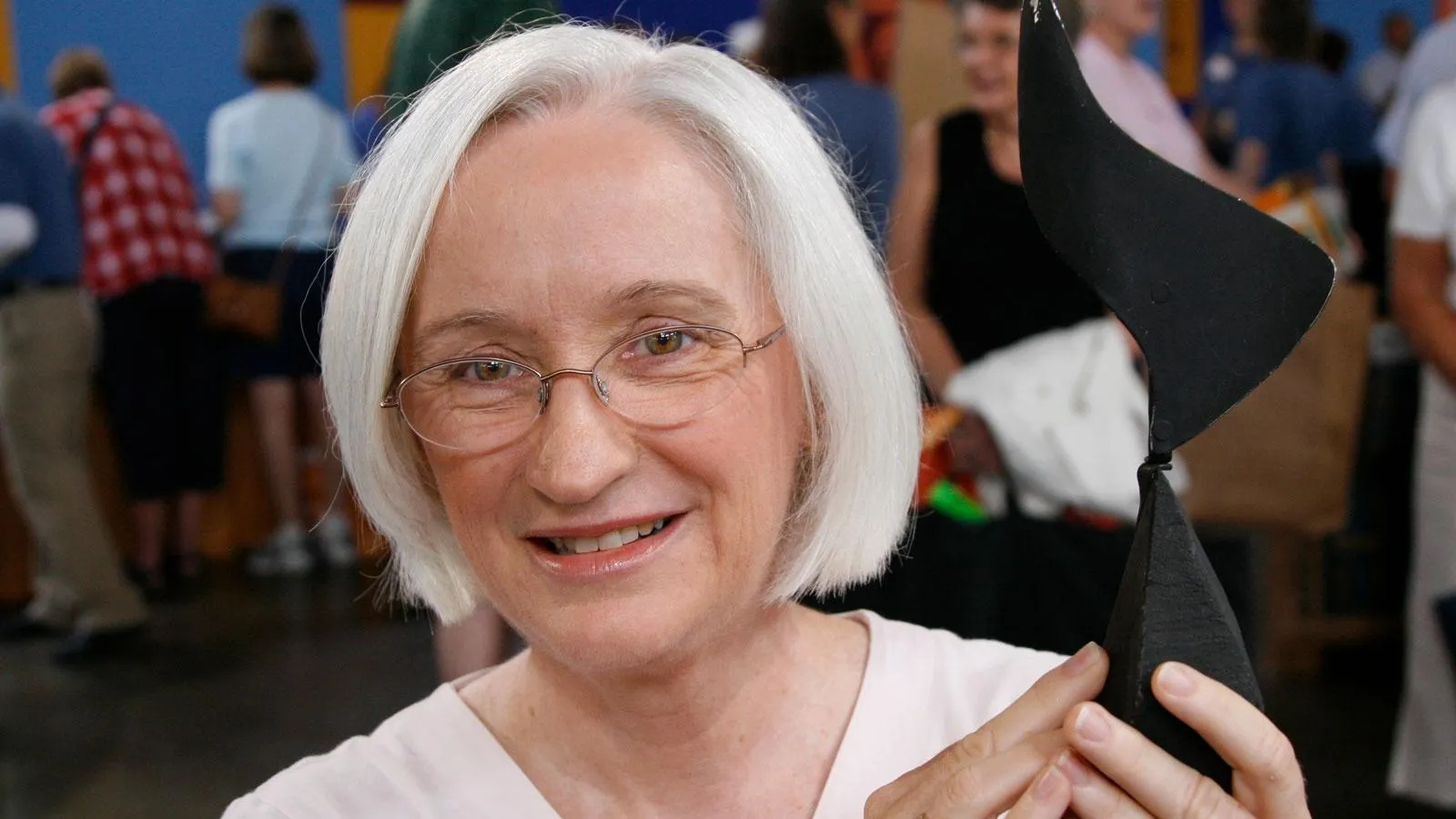GUEST: My late husband, uh, it was in his family. And all we've ever known about it is that it's a Venetian glass bowl, and it was classified in their mind as a family heirloom. It's been in my possession now for 50 years, so...
APPRAISER: Did someone in your family travel a lot? Did your husband's parents?
GUEST: Well, you see, originally, both sides of our family came from England.
APPRAISER: Mm-hmm.
GUEST: From the, from the British Isles, should I say-- Scotland, England.
APPRAISER: Do you think they went to Austria?
GUEST: (chuckles) Um... It's possible, but I don't know.
APPRAISER: Okay, the reason I'm asking is because this is actually an Austrian bowl. It was made by a company named Loetz. The company was based in Austria. The type of work that we see on this bowl was done from about 1898 into the early 20th century. The thing about Loetz is that when the pieces were made for export, they were signed. When they weren't made for export, they were unsigned. So I have a feeling that somebody went to Austria to pick up this piece. Not only do you have the bowl, but you have this beautiful bronze holder. Oftentimes, you'll see Loetz that's been mounted in silver and sometimes just gilt metal, but this is bronze. So this is a little more important than what we normally see. The company that oftentimes made the mounts was called Orivit. There are no marks on the bottom of this, either, which leads me to believe that both companies were not intending to export this. Sometimes, the glass is confused with the work of Louis Comfort Tiffany because of the gold iridescence that you see on the inside here.
GUEST: Okay.
APPRAISER: But the decoration on the outside, this oil spotting-- and that's what you see with the little, the green spots on it...
GUEST: Oh, yeah.
APPRAISER: That's clearly a decorative motif that Loetz used and Tiffany did not. In a retail shop, this would sell for between $1,500 and $2,000.
GUEST: Oh, wow. That's great.








